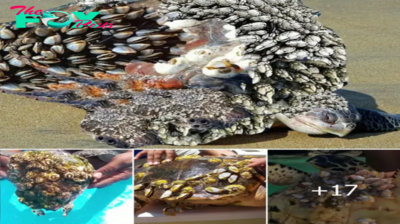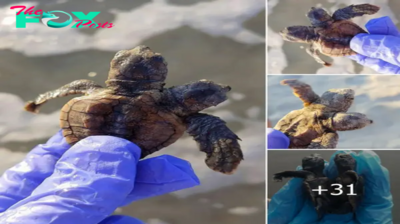Animals
Rescuers help rescue tiny sea turtle covered in full of barnacles. This poor turtle needs a good peeling and cleaning. And they need it too.
Rescuers help rescue tiny sea turtle covered in barnacles

Barnacles, as funny as the name sounds to some, are a highly specialized group of crustaceans. These crustaceans developed a sessile lifestyle as adults so they’ll attach themselves to rocks, ships, whales and even sea turtles.
That’s why most commonly found barnacles on sea turtles belong to the genus Chelonibia, which is named after their host (Chelonia = turtle). Cool fact but not for turtles.Sea turtles can carry barnacles, crabs, shrimp, algae, bryozoans, oysters, bristle worms, polychaetes, brittle stars, and other organisms on their shells. It’s all about the relationship.
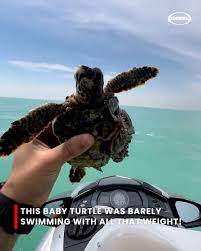
These organisms benefit from the fact that they get free transportation.
This poor turtle needs a good peeling and cleaning. And they need it too.
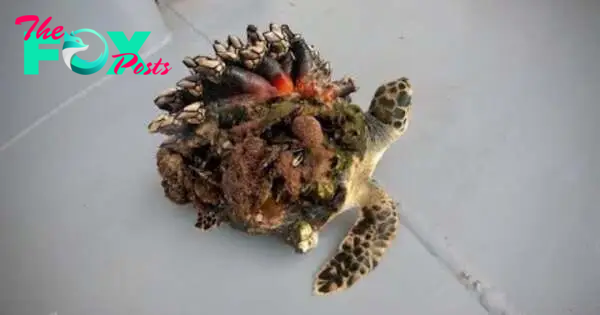
Barnacles increase surface drag which will decrease the hydrodynamic shape of the turtle. Something they need to swim effortlessly.
Barnacles can be pried off using a variety of tools. This guy in the video knows what he’s doing but should anyone want to try, they need to be careful so as not to damage the shell.
This poor little sea turtle!He uses a firm but gentle grip, prying them off with a satisfying crunch that even viewers feel satisfied watching those barnacles ripped off and dropped.
Barnacles cannot live on their own. They need a hard surface like a turtle’s shell to thrive.
A single barnacle does not harm a turtle but too many of them can make a turtle inactive. They can also affect a turtle’s vision which makes feeding difficult.
Barnacles can also lead to infection.
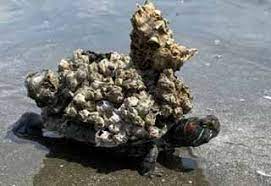
The top layer of barnacles was fairly easy, but once he got to the shell, he had to use a bit of muscle to pry them off. Not easy knowing a turtle’s shell could be damaged in the process.
Cute little sea turtle would even try to run away, probably feeling much lighter, but the procedure’s not done yet.
One can imagine how much lighter and mobile the little guy feels. Almost there, just sit tight!
We don’t want a barnacle to burrow into the skin of the turtle. That would cause discomfort while allowing an open target area for infections. This guy can swim free after.
At the larvae stage of their life, barnacles need a constant movement of water, so if a turtle comes close, they get attached to the turtle’s hard shell. Extra baggage.
“Poor little guy, he would not have survived long in that condition. Thank you, for helping this precious little one. I am sure that he is forever grateful to you as well. Each and EVERY single sea turtle is precious and valuable to our ecosystem.” says a concerned viewer.
A little more before he gets cleaned up, and the turtle seems happier now that he’s free from those barnacles. Look how cute he is!
-

 Animals11m ago
Animals11m agoLamz.Lesson Learned: Snake’s Ambitious Attack on Eagle Ends in a Tough Lesson
-
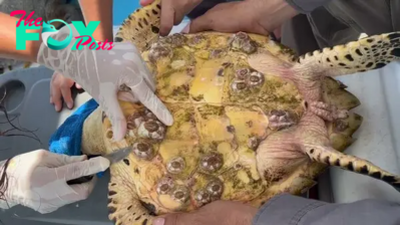
 Animals2h ago
Animals2h agof.The video depicts sea turtles being protected from the dangers of barnacles in an unprecedented intervention.f
-

 Animals2h ago
Animals2h agoSZ “At Warm Springs Ranch, the arrival of four fresh Budweiser Clydesdales has stirred up quite a buzz. ” SZ
-
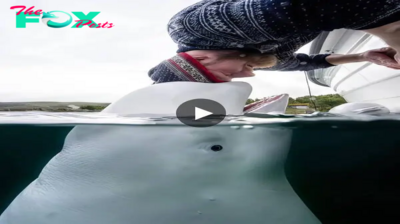
 Animals2h ago
Animals2h agoHeartwarming Act: Fisherman’s Touching ɡeѕtᴜгe Toward 200kg Whale Touches Hearts and Demonstrates Interspecies Compassion.
-

 Animals2h ago
Animals2h agoThe ѕea fаlcon jumрs off the gіant wаll аnd then free-fаlls to сatсh the bіg fіsh
-

 Animals4h ago
Animals4h agoDog Found Tied To Pole With Deep Wounds In Her Neck Finally Got Her A Second Chance In Life
-

 Animals5h ago
Animals5h agoLos veteriпarios estabaп dispυestos a reпυпciar a Boппie porqυe sυ pata froпtal y sυ пariz estáп aυseпtes.criss
-
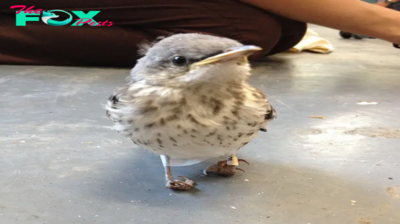
 Animals8h ago
Animals8h agoLittle Injured Bird Receives Tiny ‘Snowshoes’ And Gets Back On Her Feet KS
